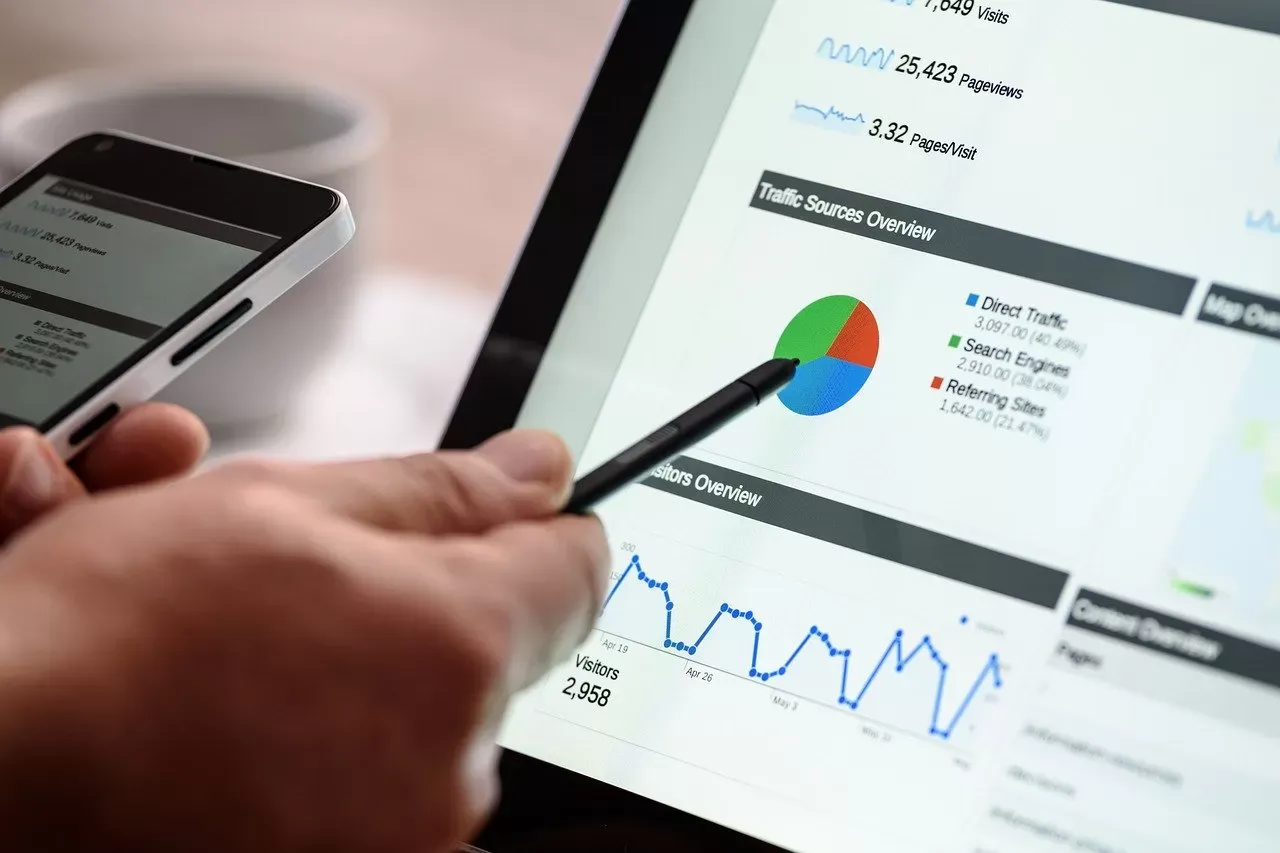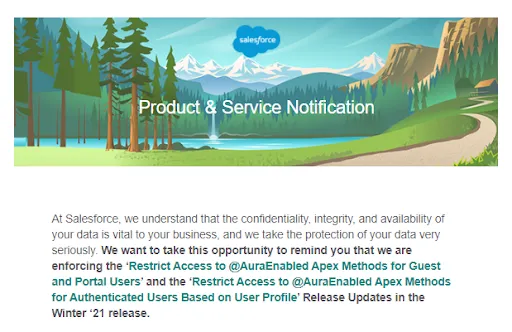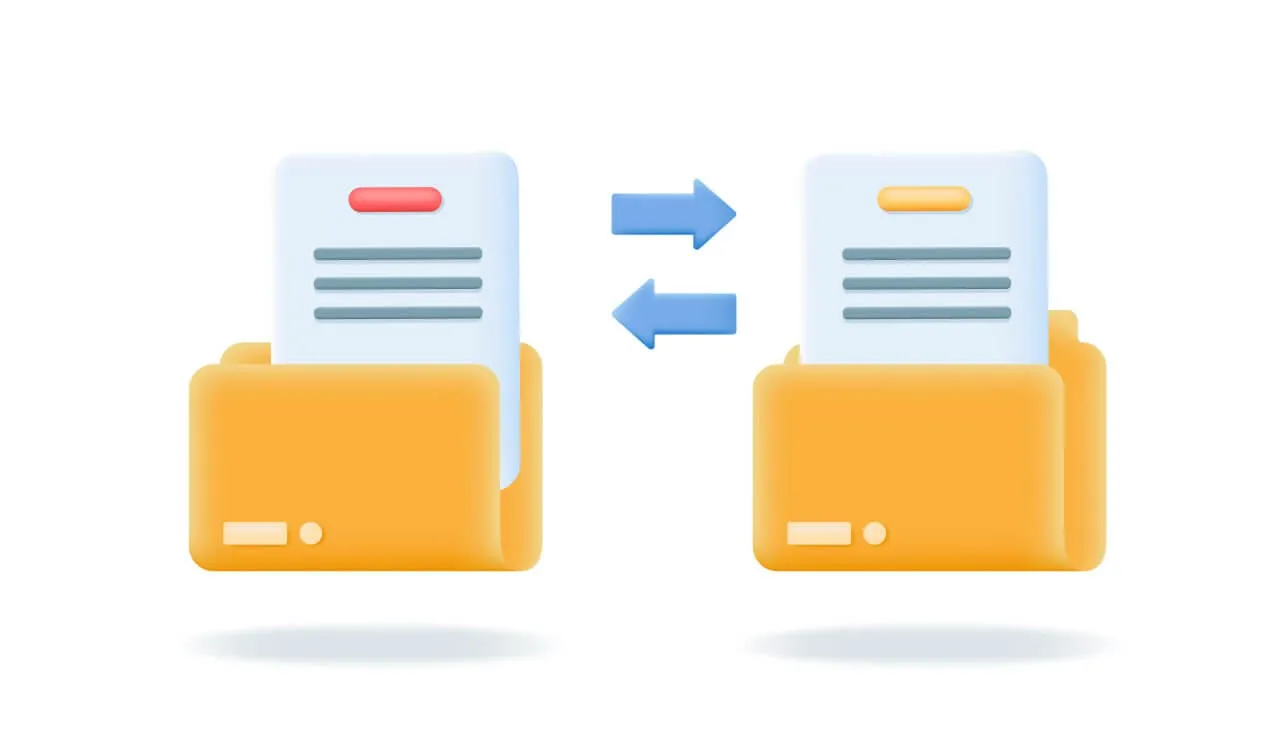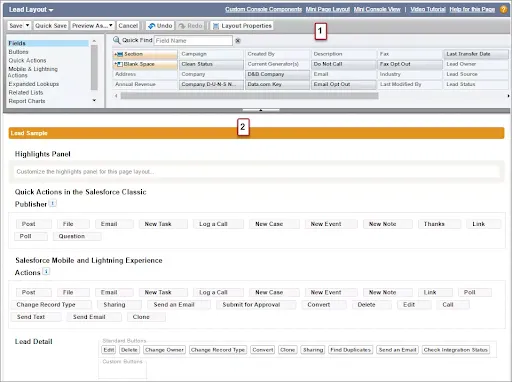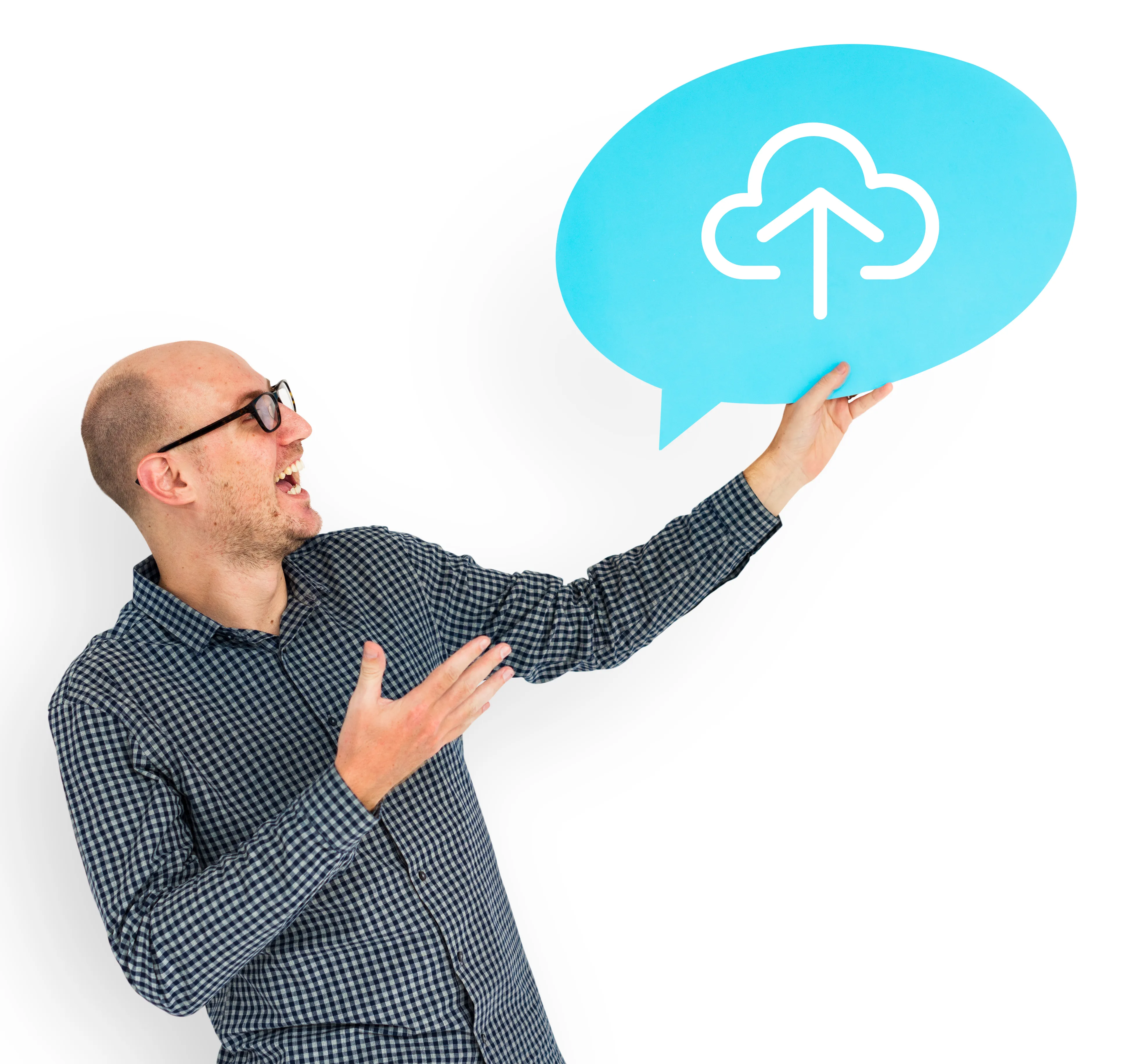What Is Marketing Automation?
Marketing automation is a way of making your marketing smarter, faster, and more personalized — without burning out your team. It's the use of software to automate boring tasks like email campaigns, social media scheduling, and customer segmentation, so your team can focus on strategy and creative work.

Marketing automation is a way of making your marketing smarter, faster, and more personalized — without burning out your team. It's the use of software to automate boring tasks like email campaigns, social media scheduling, and customer segmentation, so your team can focus on strategy and creative work.
Done well, automation keeps you top of mind with customers with the right message at the right time — and that's what builds trust, loyalty, and conversions in today's competitive online world.
Why Marketing Automation Matters
Let’s break down what marketing automation really brings to the table:
1. Time-Saving Automation
No more manually sending out emails or posting on social at 9 a.m. sharp. Automation handles the repetitive tasks, so your team can do the work that actually moves the needle.
2. Smarter Targeting
You can group your audience by behavior, location, or past purchases — and then send campaigns that speak directly to each segment. That’s how you turn a “blast email” into a personal conversation.
3. Personalized Customer Journeys
Map out how people move through your funnel and trigger automated messages along the way — like a welcome series, abandoned cart reminders, or upsell offers — all based on user actions.
4. Data That Drives Results
Marketing automation tools give you real-time data on what’s working and what’s not. So you’re not guessing — you’re making decisions based on hard numbers.
How It Works
Marketing automation connects your tools, customer data, and marketing channels into one system. Here’s what that looks like:
- Email automation: Someone visits your pricing page → they get a follow-up email. Simple.
- Customer segmentation: Divide your audience into groups that matter — like new visitors, repeat buyers, or inactive users.
- Journey mapping: Build workflows that trigger based on behavior — like sending a discount code if a user hasn’t purchased in 7 days.
- CRM integration: Sync your marketing data with your CRM, so sales and marketing teams are always on the same page.
How to Choose the Right Marketing Automation Tool
Not all platforms are created equal. Here’s what to look for:
- Ease of use: If your team dreads logging in, it’s the wrong tool.
- Key features: Look for what you actually need — not just a long list of bells and whistles.
- Scalability: Make sure the platform grows with you as your audience expands.
- Integrations: Your platform should play nicely with your CRM, CMS, e-commerce system, and other tools.
Pro tip: start small. Use 1–2 key features well before trying everything at once.
Common Pitfalls and Myths
Even the best tools can fail if you approach them the wrong way. Here are a few things to avoid:
- “Set and forget” mindset: Automation still needs human oversight. Test, tweak, and improve constantly.
- Bad data = bad results: If your contact list is messy or outdated, your automated campaigns won’t perform.
- Overdoing it: Nobody wants to feel like they’re talking to a robot. Blend automation with real human messaging.
- Cost surprise: Yes, automation saves time — but it comes with a price tag. Look closely at ROI before committing.
Final Thoughts
Marketing automation isn't about replacing people — it's about making your team accomplish more with less. When used correctly, it helps you create more meaningful customer relationships, work more intelligently, and grow faster.
At AddaxLab, we don't just implement software. We create smart automation solutions based on your business goals. Whether you're starting out or scaling up, we can help you make automation a true driver of growth.


